The world of Formula 1 (F1) is constantly evolving, with the FIA (Fédération Internationale de l’Automobile) introducing new regulations to ensure the sport remains competitive, safe, and fair. For the 2025 season, a series of significant technical and sporting regulation changes are set to reshape the way teams approach both car design and race strategy. From adjustments to the minimum driver weight to changes in the application of DRS (Drag Reduction System) and the introduction of driver cooling systems, these regulation changes aim to improve safety, fairness, and the overall spectacle of the sport.
1. Technical Regulations: Adjustments to Weight Limits
The minimum weight limit for F1 cars is a fundamental aspect of the sport’s technical regulations. These limits are designed to ensure that no team can gain an unfair advantage by making their car excessively light, which could affect the car’s performance and handling. For the 2025 season, a crucial change will affect the minimum weight requirements, especially concerning the weight of drivers.
Driver Weight Allowance:
In a bid to ensure fairness and safety, the FIA has increased the minimum driver weight allowance from 80 kilograms (176.4 pounds) to 82 kilograms (180.8 pounds). This increase has been prompted by various factors, including advancements in driver safety and the need for a more accurate reflection of the average weight of drivers in the current era. With many drivers now exceeding the previous minimum weight, this adjustment is seen as a necessary step to ensure that no team is forced to compromise on driver safety in favour of achieving a weight advantage.
As a direct consequence of this change, the overall minimum weight limit for the car (without fuel) will also be increased. The new minimum weight limit for the car will rise from 798 kilograms (1,759 pounds) to 800 kilograms (1,764 pounds). This ensures that the changes to driver weight allowances will not impact the overall performance balance of the cars, keeping the competition fair and balanced across all teams.
Impact on Car Design:
These adjustments to the weight limits will certainly influence the way teams approach car design. With the increase in both driver and overall car weight, teams will have to rethink the distribution of weight in their cars. This will likely lead to innovations in car design, with teams looking for ways to offset the added weight without compromising on aerodynamic efficiency or structural integrity.
2. Driver Cooling: A New Requirement for Extreme Heat Conditions
Driver safety has always been a top priority in Formula 1, and the introduction of a driver cooling kit for the 2025 season is a response to the extreme heat conditions witnessed during certain races. A key example of this was the 2023 Qatar Grand Prix, where many drivers struggled with overheating due to the intense heat and humidity of the region. To avoid a repeat of such incidents, the FIA has mandated that a cooling system will be introduced in extreme heat conditions.
Heat Hazard Conditions:
When the FIA predicts a temperature over 30.5°C (87°F) during a race weekend, a “heat hazard” will be declared, and teams will be required to equip their drivers with the cooling systems. In these conditions, the minimum weight of the car will be raised by 5 kilograms (11 pounds) to account for the additional weight of the cooling equipment. This regulation change will only come into effect when the temperature exceeds the specified threshold, ensuring that teams are not unnecessarily burdened with additional weight in more temperate conditions.
The introduction of the driver cooling system is a clear acknowledgment of the increasing challenges posed by global climate change, which has led to more extreme temperatures at some race locations. By implementing this regulation, the FIA is ensuring that drivers are adequately protected from heat stress, which could impair their ability to perform at the highest level.
Impact on Team Strategy:
With the introduction of this cooling kit, teams will now need to plan their strategies more carefully, considering not only the performance of the car but also the physical well-being of their drivers. This new element could influence pit stop strategies, driver swaps, and even the selection of specific race tracks, as extreme heat may limit driver performance and endurance.
3. Changes to DRS: Adjusting the Application for Better Racing
The Drag Reduction System (DRS) is one of the most widely discussed features in Formula 1, as it allows drivers to temporarily reduce aerodynamic drag and gain a speed advantage in overtaking situations. For 2025, the FIA has introduced key adjustments to the application of DRS in an effort to make the system more precise and reduce the potential for misuse.
Slot Gap Adjustments:
The FIA has revised the slot gap for the rear wing, which is critical to the operation of the DRS. The gap between the two modes of the DRS will be reduced, from the previous 10–15 millimetres (0.39–0.59 inches) to 9.4–13 millimetres (0.37–0.51 inches). This change aims to make the DRS system more efficient, reducing the time it takes for the rear wing to open and close, and thereby improving the overall effectiveness of overtaking.
Tighter DRS Rules:
In addition to the slot gap adjustment, the FIA will also impose stricter regulations regarding the operation of DRS. There will now only be two permissible positions for the rear wing: one fully closed and one fully open. The system must also return to the closed position exactly as defined when DRS is no longer active. This will ensure that the DRS system is used only for its intended purpose of aiding overtaking, and not for tactical benefits that could disrupt the flow of the race.
Impact on Overtaking:
These changes to DRS are designed to increase the precision of the system, potentially leading to more overtakes and better racing action. With tighter control over the DRS modes and the slot gap, drivers will have to be more strategic in their use of the system, adding a new layer of complexity to the already intense competition on track.
4. Sporting Regulations: Key Changes for the 2025 Season
The 2025 season will also see changes to several key sporting regulations that will impact race weekends and team strategies.
Fastest Lap Point:
One of the most talked-about changes is the abolition of the point awarded for the fastest lap for drivers finishing in the top ten positions. This point, reintroduced in 2019, was meant to incentivize drivers to push for faster laps throughout the race. However, it has not had the desired impact and has been criticized for encouraging unnecessary risks, especially towards the end of a race. By removing this point, the FIA hopes to focus on the overall race outcome and encourage more strategic racing.
Young Driver Free Practice Requirements:
The FIA has also increased the requirement for teams to field a young driver during free practice. The previous rule mandated that teams field a young driver once per season per car. However, for 2025, this will increase to two times per season per car. This change aims to give up-and-coming drivers more experience in F1 machinery, helping to nurture new talent for the future.
Testing of Previous Cars:
The testing of previous cars (TPC) will be subject to stricter regulations, with a limit of twenty days for testing and a maximum of 1,000 kilometres (620 miles) to be covered. This is designed to prevent teams from using outdated cars to gain an unfair advantage, ensuring that only the latest technology and developments are being tested during official sessions.
Qualifying Contingencies and Starting Grid Formation:
The sporting regulations will also include provisions for setting the starting grid in the event that qualifying sessions are cancelled. If qualifying cannot take place, the starting grid will be determined by the drivers’ championship standings. Additionally, the protocol for starting grid formation has been amended to ensure a smoother process if cars are withdrawn before the race begins, with the final grid being determined one hour before the start of the race.
A Season of Change
The 2025 Formula 1 season will mark a significant shift in both technical and sporting regulations. From the introduction of driver cooling systems and adjustments to DRS, to changes in qualifying procedures and testing restrictions, these new rules are designed to improve driver safety, enhance competition, and provide a more engaging experience for fans.
As teams adapt to these changes, it will be fascinating to see how the strategies evolve, how car designs are influenced, and how drivers and teams approach the challenges presented by the new regulations. With these adjustments, the FIA is looking to ensure that Formula 1 remains a thrilling, dynamic, and safe sport for all involved.





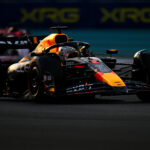
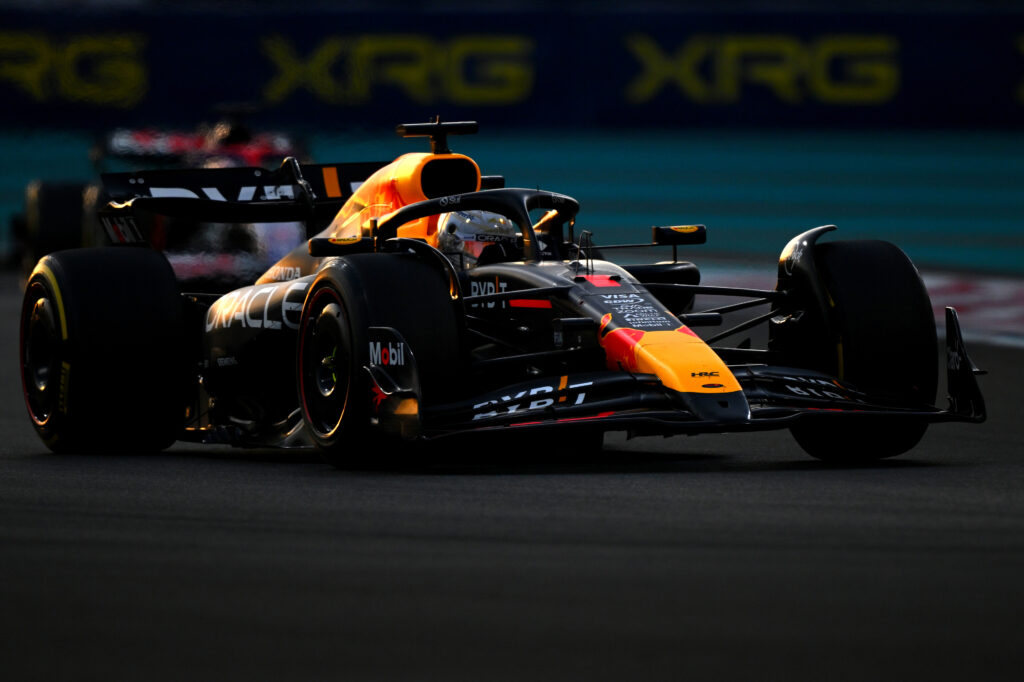
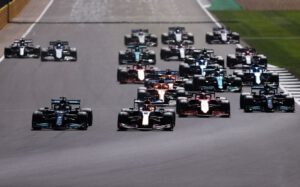
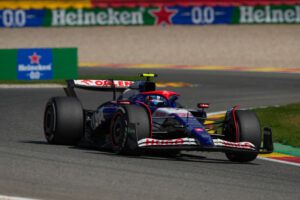
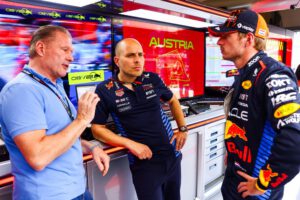

More Stories
Is Mercedes Sincere in Regretting Their Actions Towards Max Verstappen—or Just Concerned About Their Image?
Belgian Grand Prix Secures Its Future: Spa-Francorchamps to Stay on the F1 Calendar Until 2031
Jos Verstappen Clears the Air on the Gas Station Story